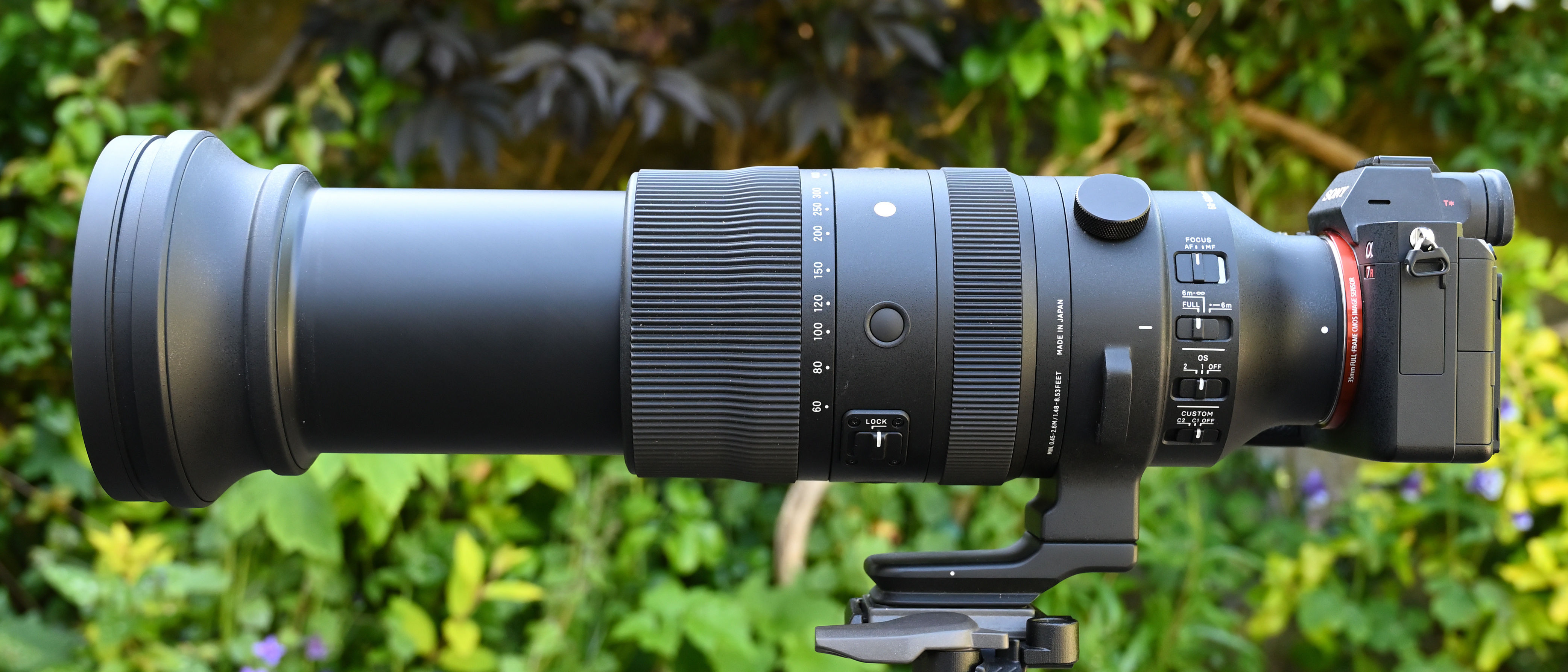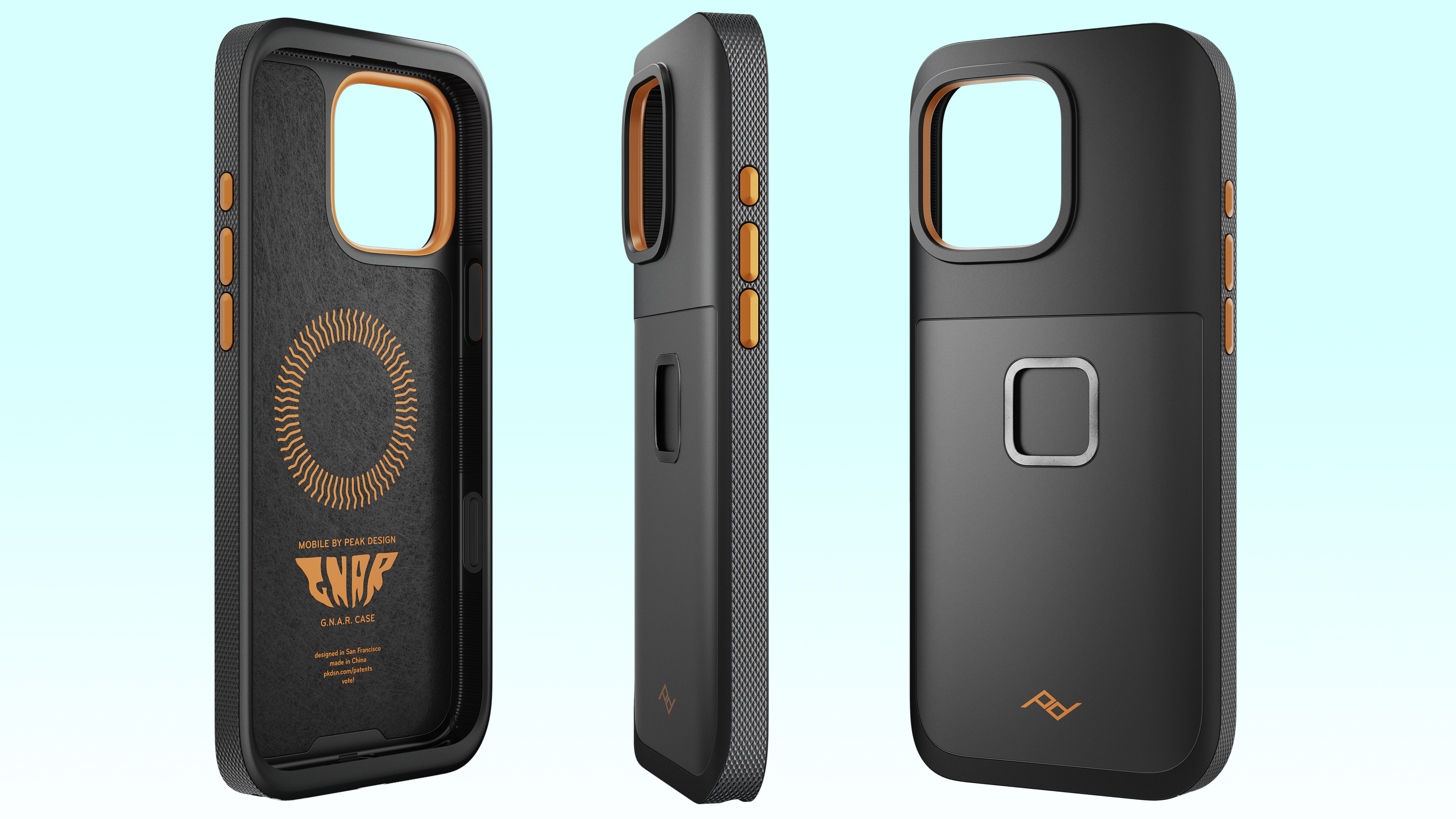Digital Camera World Verdict
Tailor-made for action, sports and wildlife photography, this lens has a monster zoom range that stretches from a fairly standard 60mm all the way through to a super-telephoto 600mm. A niche item, it ensures you won’t miss that vital shot because you were changing the lens on your camera at the critical moment. The catch is that it’s big and heavy, but handling is refined and its super-fast autofocus and highly effective optical stabilization ensure a great hit rate. Image quality is excellent, making the lens well worth the weight.
Pros
- +
Mighty 10x zoom range
- +
Powerful super-telephoto reach
- +
Impressive performance and handling
Cons
- -
Weighty at almost 2.5kg
- -
Unwieldy for ‘standard’ 60mm shooting
- -
Tripod mounting ring isn’t removeable
Why you can trust Digital Camera World
The Sigma 60-600mm F4.5-6.3 DG DN OS Sports for Sony and L-mount cameras has a fair bit of history behind it. Jump in a time machine and travel back to 2001, and you can witness the birth of the so-called ‘Bigma’. It was a unique lens for SLRs with a 50-500mm zoom range, covering everything from standard to super-telephoto focal lengths. 2010 saw the launch of an updated version, optimized for digital cameras and adding optical stabilization. Although weighty at 1,840g, it was eclipsed in 2018 by the current Sigma 60-600 mm f/4.5-6.3 DG OS HSM Sports, weighing in at 2,700g. Unlike some Sigma lenses, it hasn’t been tweaked to add Sony E and Leica L mount options for mirrorless cameras. Instead, Sigma has redesigned the ‘DN’ mirrorless version from the ground up, but it’s still hefty at 2,485g.

A broadly similar contender for Sony shooters is the Tamron 50-400mm F4.5-6.3 Di III VXD. This one kicks off with the entirely natural perspective of a 50mm focal length, but doesn’t stretch as far into super-telephoto territory, topping out at 400mm. On the plus side, the Tamron is about four inches shorter in physical length, and less than half the weight at 1,115g. It’s therefore more manageable for carrying around and for handheld shooting. It’s also much less expensive to buy, but the Sigma is a more prestigious lens with greater refinement in its handling, as well as giving a 50 per cent boost in maximum telephoto reach.
Specifications
Mount: Sony E (FE), Leica L
Full frame: Yes
Image stabilization: Yes
Autofocus: Yes
Lens construction: 27 elements in 19 groups
Angle of view: 39.6 to 4.1 degrees
Diaphragm blades: 9
Minimum aperture: f/22-32
Minimum focusing distance: 0.45m (W) 2.6m (T)
Maximum magnification ratio: 0.42x (at 200mm zoom)
Filter size: 105mm
Dimensions: 119x280mm (approx)
Weight: 2,495g
Key features
Top of the features list is Sigma’s trademark 10x zoom range, making this lens a kind of 'superzoom meets super-telephoto' lens. It has a complex optical path that features no less than 27 separate elements, arranged in 19 groups. These include three SLD (Special Low Dispersion) elements and two top-grade FLD (Fluorite Low Dispersion) elements, the latter exhibiting the same optical properties as fluorite glass.
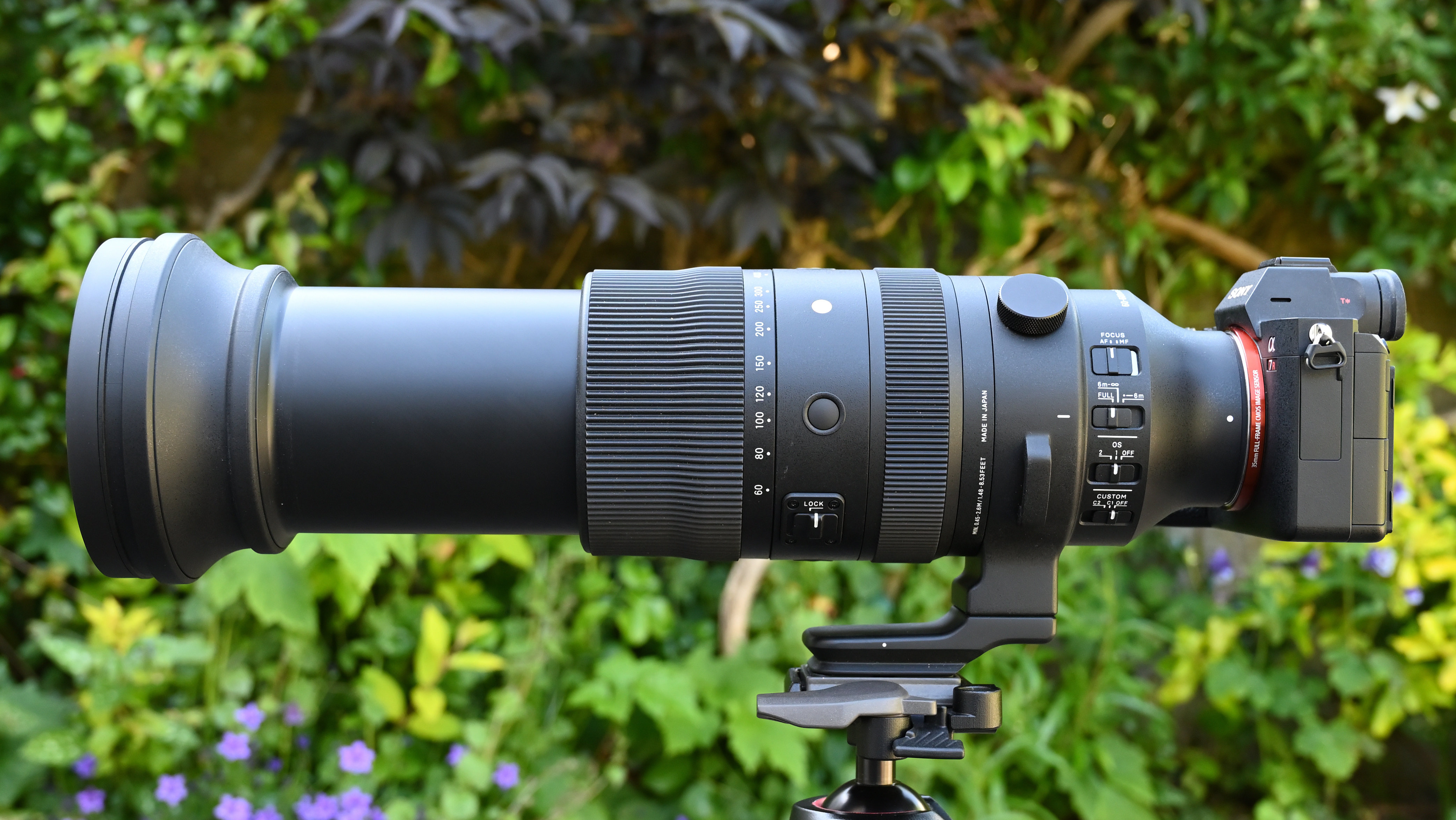
While the optical design aims for excellent sharpness and contrast with minimum aberrations throughout the extensive zoom range, the autofocus system goes for super-fast performance with consistent accuracy. As such, it features Sigma’s latest HLA (High-response Linear Actuator) motor, which also enables smooth autofocus transitions when shooting video and virtually silent operation.
Given the relatively none-too-fast aperture range of f/4.5-6.3, which enables a big rather than completely colossal build, camera-shake is an ever-present danger towards the long end of the zoom range. Cameras that include in-body image stabilization tend to offer little benefit at very long focal lengths, so optical stabilization is a key feature of the lens, and it’s Sigma’s latest OS2 system with a newly developed algorithm. More on that later.
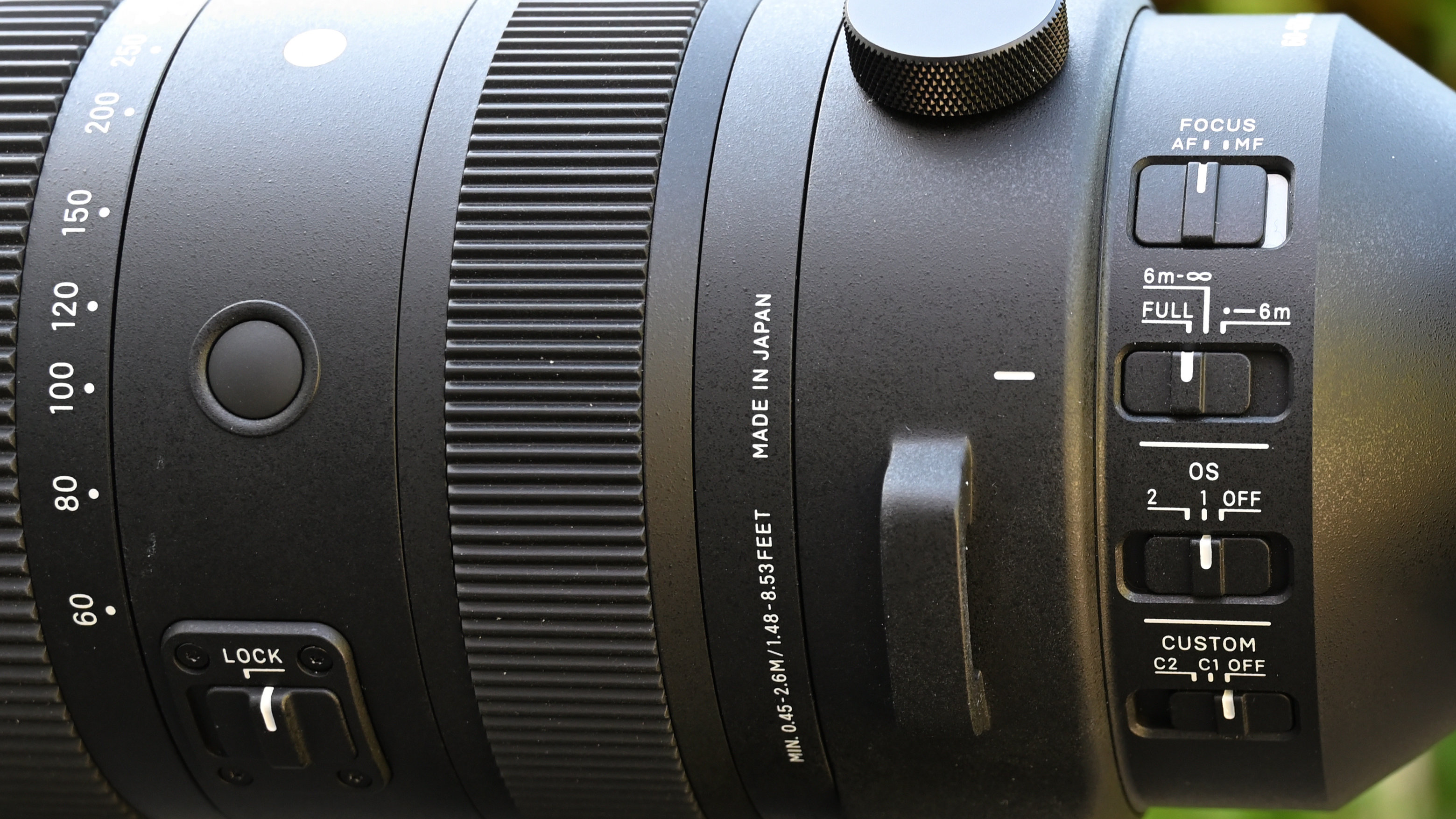
If you feel the need for even greater telephoto reach, the lens is compatible with Sigma’s 1.4x and 2x tele-converters, with the inevitable one or two f/stop reduction in aperture, respectively.
Build and handling
Although a definite heavyweight, the Sigma feels very robust and well-built, complete with multiple weather-seals. The construction is based on a mix of magnesium alloy, carbon fiber reinforced polymer and Sigma’s often used TSC (Thermally Stable Composite), which has a low coefficient of expansion and contraction during temperature changes.
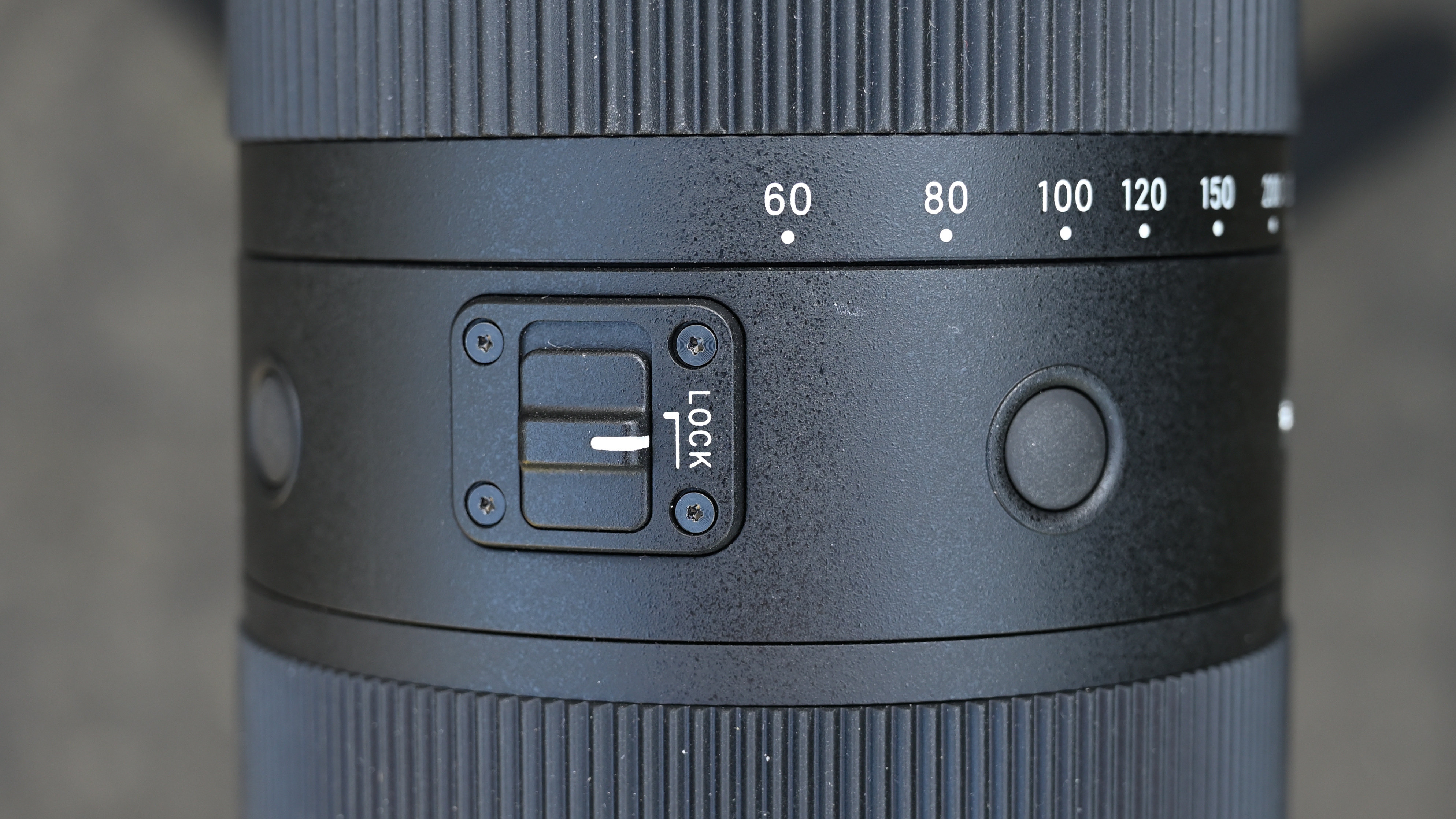
The zoom ring and electronically-coupled focus ring work with smooth precision but, as you’d expect, the physical length of the lens extends greatly as you stretch through the zoom range. Focusing, on the other hand, is fully internal, so the front element neither rotates nor extends through the focus range. The minimum focus distance is 0.45m at the short end of the zoom range and 2.6m at the long end, with a maximum magnification ratio of 0.42x at the 200mm mark.
Given the physical extension of the lens at longer zoom settings, it’s useful that the zoom lock switch can also be engaged at any zoom position with a marked focal length, of which there are many, rather than just at the shortest zoom setting. Another handling bonus is that the lens has three customizable AF-hold buttons around its circumference, which fall neatly under the thumb in both landscape and portrait orientation shooting.
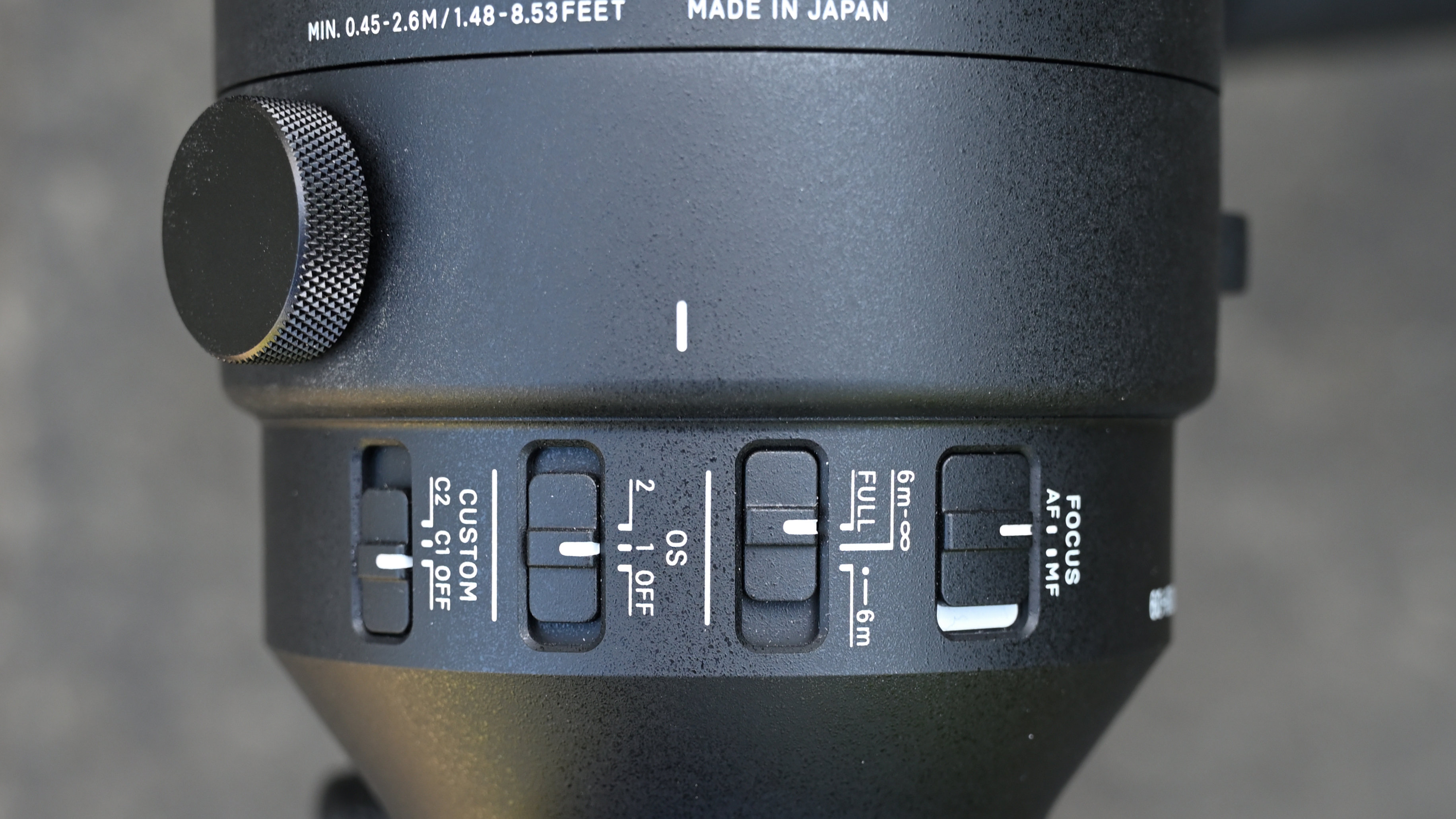
Towards the rear of the lens are a rank of switches for AF/MF focus modes and an autofocus range limiter that can lock out either the long or short end of travel, either side of 6 meters. Below these are a dual mode Optical Stabilization switch with off, static and panning options, and a Custom switch that gives access to two custom modes. These are all pretty standard fare for Sigma’s current super-telephoto lenses. Custom modes can be set up using Sigma’s optional USB Dock for the L-mount version of the lens, but this isn’t available for the Sony E-mount edition.
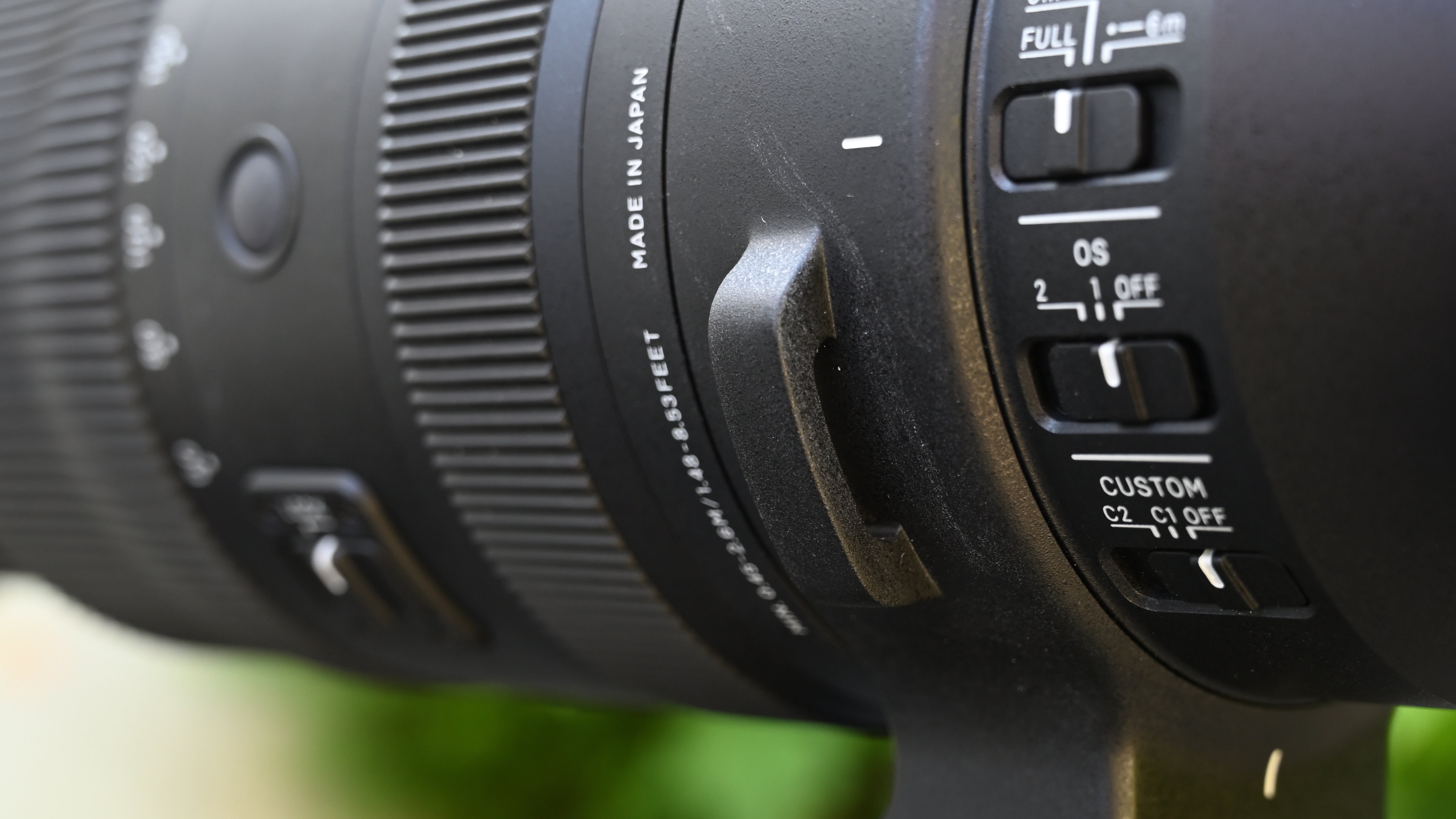
Due to the weight of the lens, it’s no surprise that it comes complete with a sturdy tripod/monopod mounting ring, which features an Arca-Swiss compatible foot. It can therefore slot straight into like-minded tripod heads, without the need to use an additional quick-release plate. However, if handheld shooting is your thing, you can’t completely remove the mounting ring to save space and weight. Only the foot can be removed, using an Allen key provided, which leaves the actual ring and its fairly large stub still attached.
Performance
The autofocus system lives up to its billing with super-speedy and consistently accurate performance. In our real-world tests at typical shooting distances for the zoom range, the Sigma delivered excellent sharpness and contrast, even when shooting at the widest available apertures. That’s a key factor, given the not overly fast aperture range. In practical terms, sharpness is boosted by the highly effective optical image stabilization. The new-generation OS2 system is worth as much as 7-stops at the short end of the zoom range and a still very impressive 6-stops at the long end. For panning, Mode 2 stabilization works in diagonal orientation as well as landscape and portrait orientations.

Although not ‘fast glass’, the lens can produce a tight depth of field, especially at longer zoom settings. Bokeh is nice and smooth, and remains of good quality when stopping down a little, helped by a well-rounded 9-blade aperture diaphragm. There’s good resistance to ghosting and flare, thanks to the application of Sigma’s Super Multi Layer Coating. Color fringing is mostly negligible and pincushion distortion is fairly minimal, both easily falling within the remit of automatic in-camera corrections. Overall, performance is excellent although there’s no getting away from the fact that it’s a big, hefty beast for shooting at fairly standard focal lengths.
Sample images










Lab results
We run a range of lab tests under controlled conditions, using the Imatest Master testing suite. Photos of test charts are taken across the range of apertures and zooms (where available), then analyzed for sharpness, distortion and chromatic aberrations.
We use Imatest SFR (spatial frequency response) charts and analysis software to plot lens resolution at the center of the image frame, corners and mid-point distances, across the range of aperture settings and, with zoom lenses, at four different focal lengths. The tests also measure distortion and color fringing (chromatic aberration).
Sharpness:
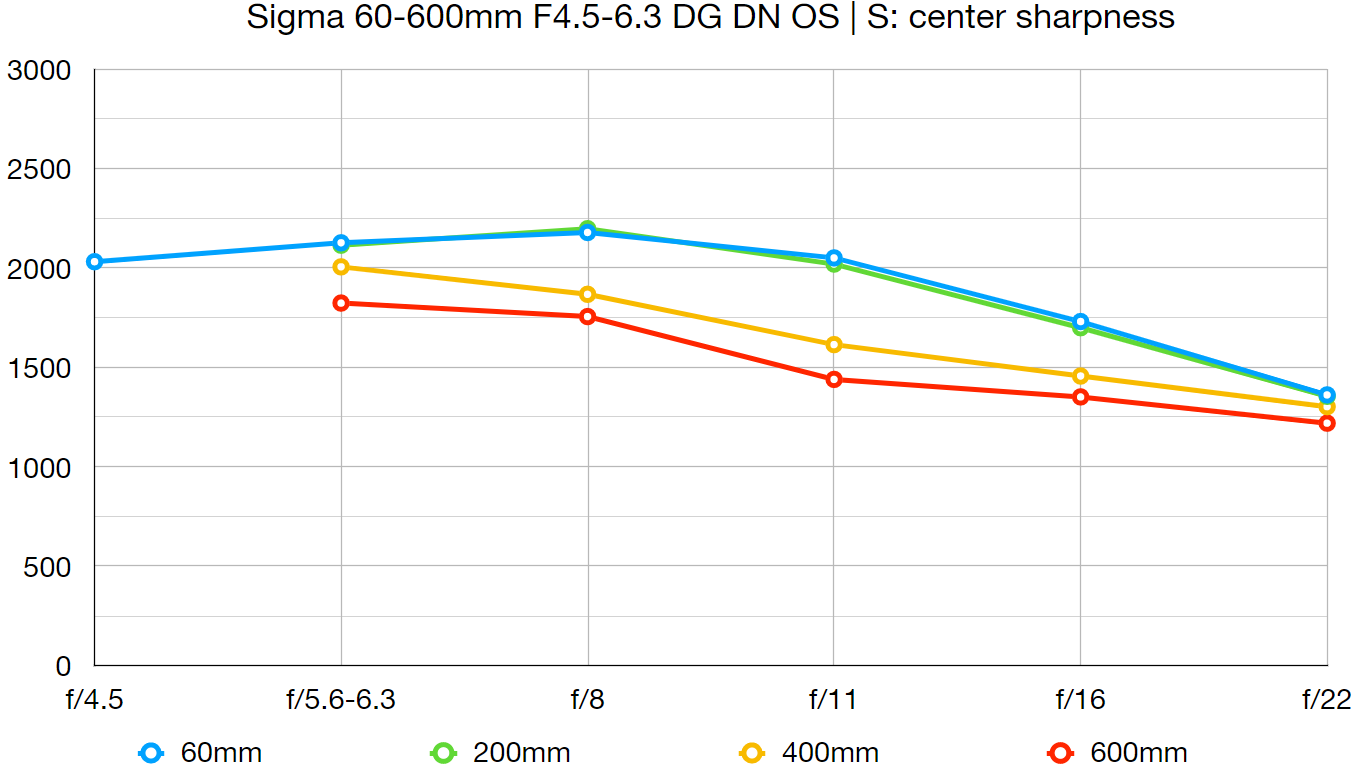
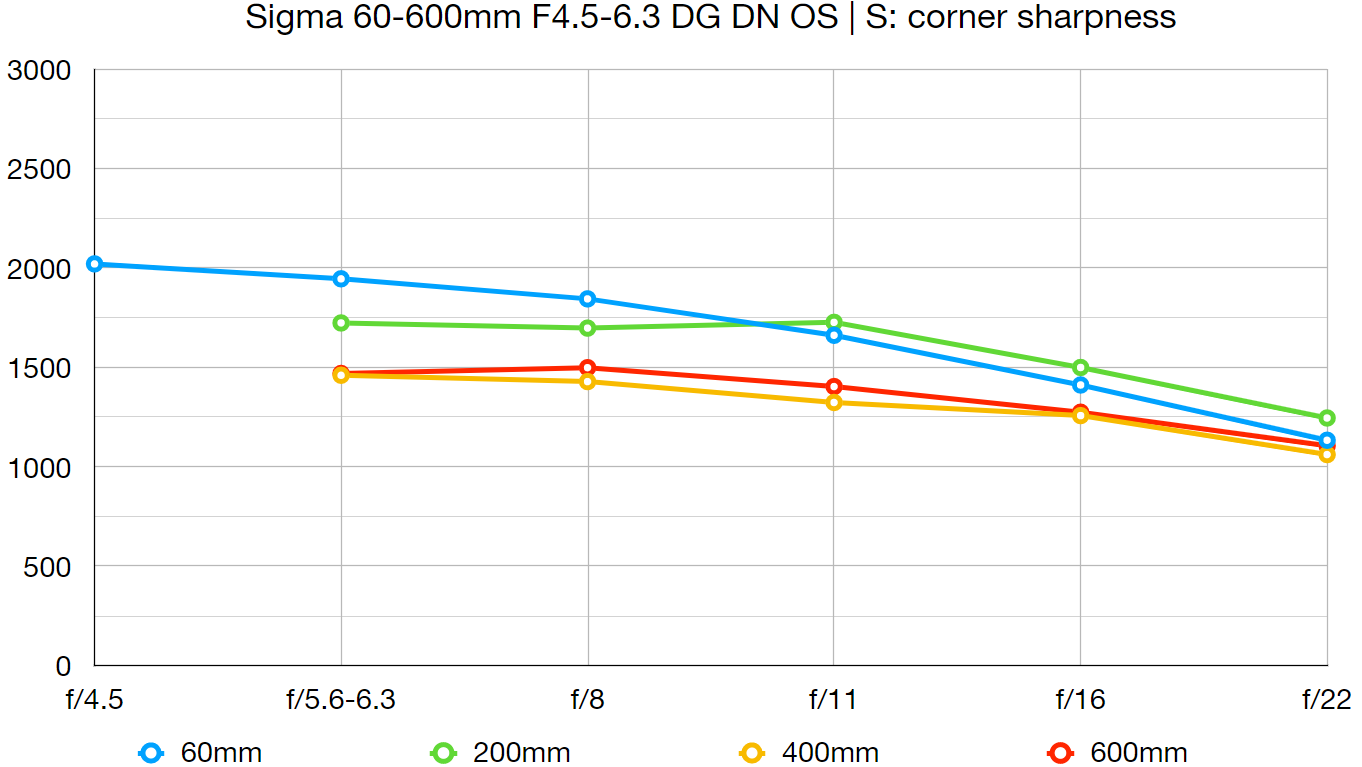
Sharpness is excellent, both throughout the entire zoom range and right across the whole image frame, right into the corners. That’s a real achievement, given the oversized 10x zoom range. The lens did full justice to the big megapixel count of our Sony A7R III testing body.
Fringing:
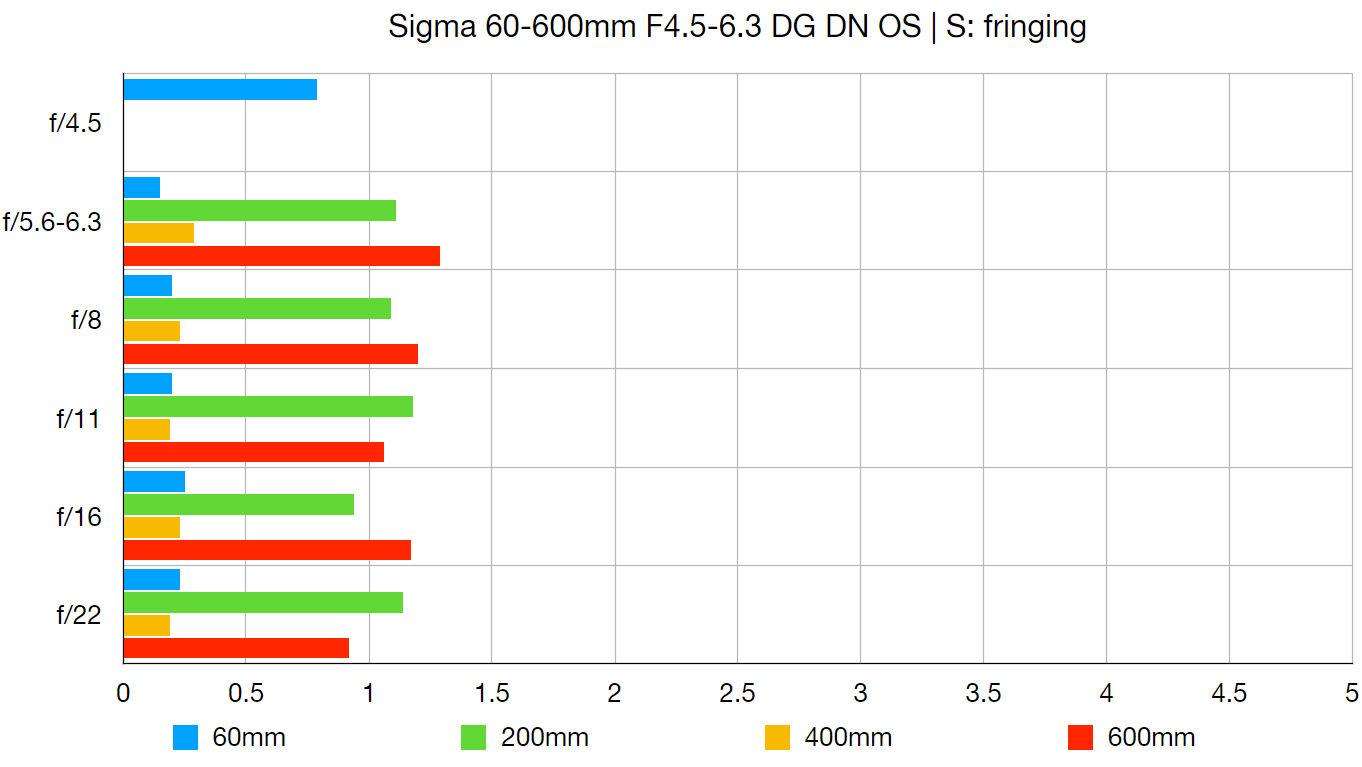
Color fringing is absolutely negligible even at the extreme edges and corners of the image frame at most zoom settings, and still very minimal where it creeps up a bit around the 200mm and 600mm settings.
Distortion:
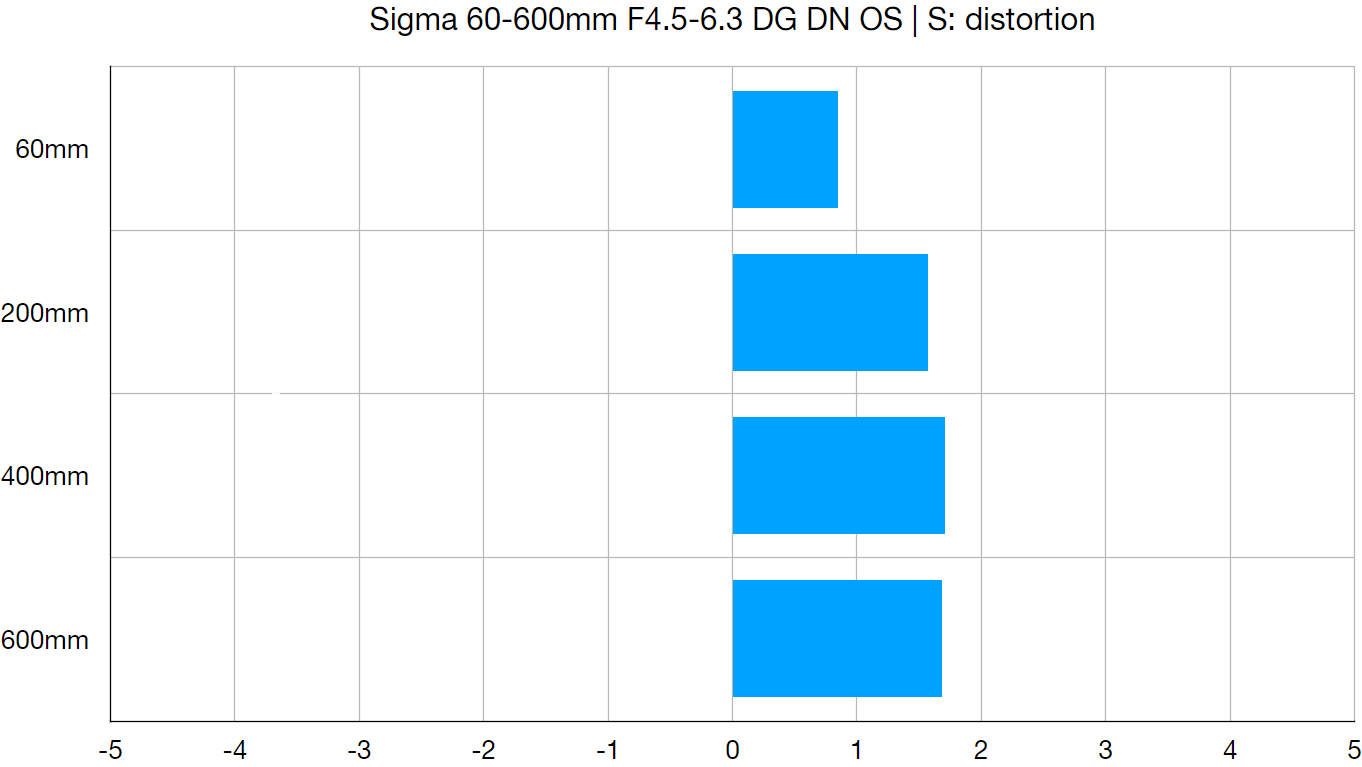
Pincushion distortion is very minor at the shortest zoom setting, and still fairly minimal in the 200-600mm range. It’s certainly not obvious at any focal length, even with automatic in-camera correction disabled.
Verdict
Tailor-made for action, sports and wildlife photography, this lens has a monster zoom range that stretches from a fairly standard 60mm all the way through to a super-telephoto 600mm. A niche item, it ensures you won’t miss that vital shot because you were changing the lens on your camera at the critical moment. The catch is that it’s big and heavy, but handling is refined and its super-fast autofocus and highly effective optical stabilization ensure a great hit rate. Image quality is excellent, making the lens well worth the weight.
Read more:
• Best camera lenses
• Best Canon lenses
• Best Nikon lenses
• Best Sony lenses
Matthew Richards is a photographer and journalist who has spent years using and reviewing all manner of photo gear. He is Digital Camera World's principal lens reviewer – and has tested more primes and zooms than most people have had hot dinners!
His expertise with equipment doesn’t end there, though. He is also an encyclopedia when it comes to all manner of cameras, camera holsters and bags, flashguns, tripods and heads, printers, papers and inks, and just about anything imaging-related.
In an earlier life he was a broadcast engineer at the BBC, as well as a former editor of PC Guide.

